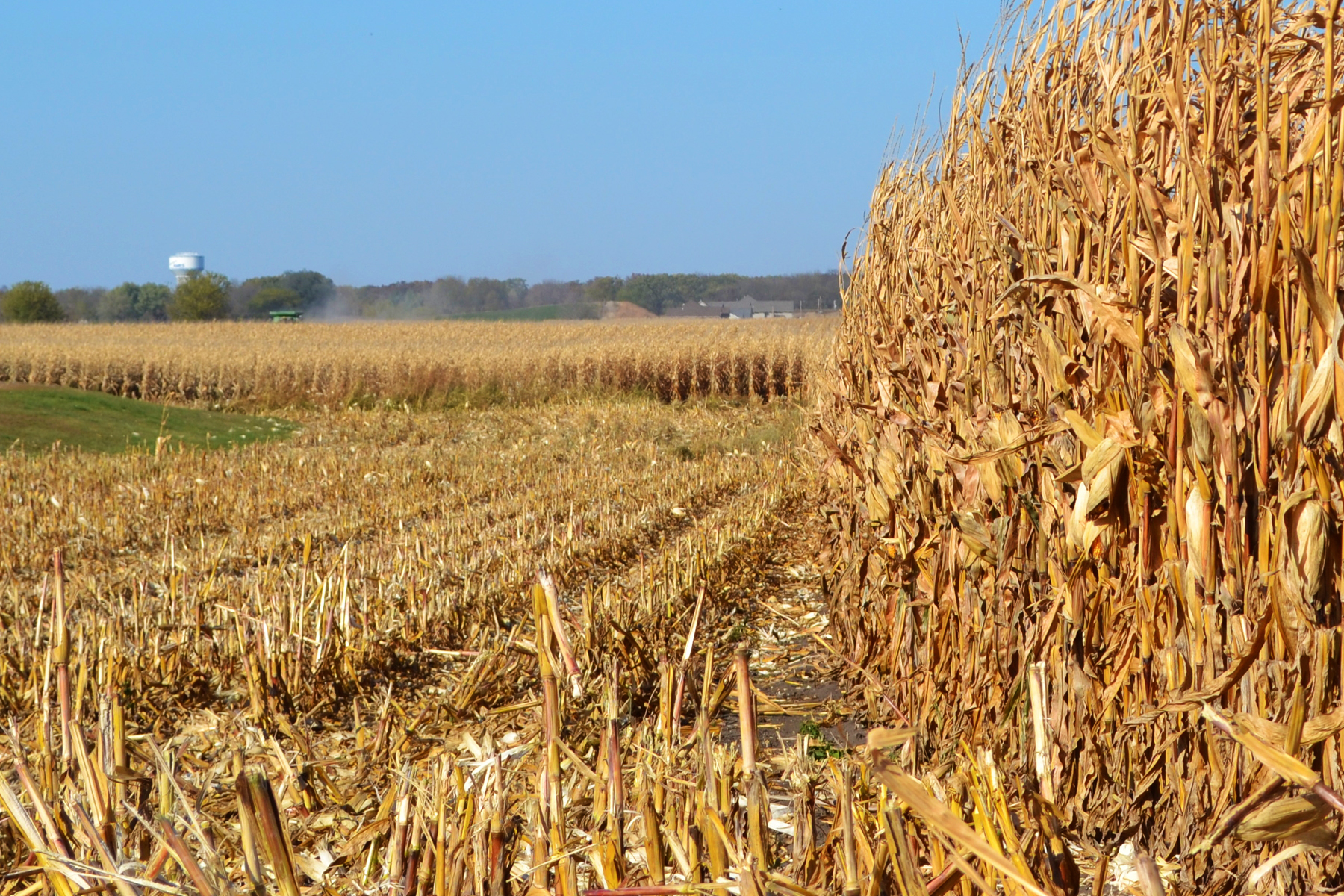Celebrating Two Legendary Environmental Champions
By Gina McCarthy
Today, President Obama named this year’s recipients of the Presidential Medal of Freedom, our nation’s highest civilian honor. I am thrilled and proud that two environmental champions—William Ruckelshaus and Billy Frank, Jr.—are among the seventeen honorees.
William Ruckelshaus was the first Administrator of the EPA, appointed by President Nixon when the agency was created in 1970. He compiled an astonishing list of accomplishments in three short years: banning the dangerous pesticide DDT; setting the first air quality standards to protect public health under the fledgling Clean Air Act; establishing standards for cleaner cars and lead-free gasoline; building an environmental law-enforcement program with teeth; creating clean-water-permit requirements for cities and industries; and building a foundation for so many of the environmental protections we now take for granted.
During the 1960s, smog in many cities had become deadly and rivers were so polluted they caught on fire. Ruckelshaus helped set the nation on a new path to protect and preserve our environment, and in turn, our health. And he established a set of core values that still drive this agency today: respecting the law, following the science, and operating openly and transparently.
In 1973, he was tapped to serve as Acting FBI Director, and soon after as Deputy Attorney General—a position which spanned the Watergate crisis and from which he resigned as a matter of integrity and principle. In 1983, Ruckelshaus returned to EPA for a second stint in which he launched our Superfund program—initiating clean-up of thousands of contaminated sites across America. He also started work on Chesapeake Bay protections, and set the agency on a course to address the challenge of acid rain.
Ruckelshaus is remembered at EPA for his integrity and his commitment to protecting public health and the environment. Today, he continues to advance his legacy of collaborative problem solving on tough environmental issues at the University of Washington and Washington State University.
Similarly, Billy Frank, Jr., a Nisqually tribal member, was a tireless advocate for environmental stewardship and Indian treaty rights, which we continue to work on today. Frank’s work on tribal management of salmon resources helped paved the way for the 1974 “Boldt decision.” This was a hugely important legal precedent requiring the federal government to honor tribal treaty rights.
During the tribal Fish Wars of the 1960s and 1970s, when activists from dozens of Northwest tribes demanded that the treaties their ancestors signed with white settlers be honored, Frank led “fish-ins,” modeled after the sit-ins of the civil rights movement. His magnetic personality and tireless advocacy over more than five decades made him a revered figure both domestically and abroad.
Frank chaired the Northwest Indian Fisheries Commission for more than 30 years, supporting natural resource management among the 20 treaty Indian tribes in western Washington. Upon his death in 2014, the Nisqually tribe stated, “Billy dedicated his life to protecting our traditional way of life and our salmon for more than 60 years.” Washington governor Jay Inslee wrote, “Billy was a champion of tribal rights of the salmon, and the environment. He did that even when it meant putting himself in physical danger or facing jail.”
Frank was the recipient of many awards, including the Martin Luther King, Jr. Distinguished Service Award for Humanitarian Achievement. Frank left an Indian Country strengthened by greater sovereignty and a nation fortified by his example of service to one’s community, his humility, and his dedication to the principles of human rights and environmental sustainability.
I am proud that one of our nation’s most extraordinary public servants and one of its most extraordinary environmental advocates are receiving this high honor. Americans today are healthier, the environment is safer, and tribal treaty rights are intact thanks to the tireless efforts of these two leaders. Please join me in congratulating Bill Ruckelshaus and the family of Billy Frank, Jr.





